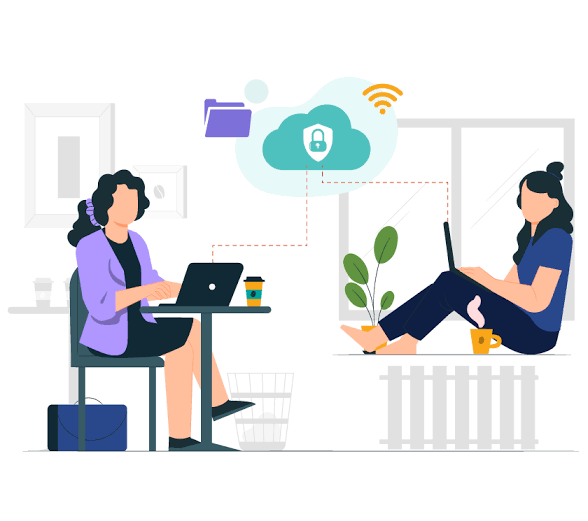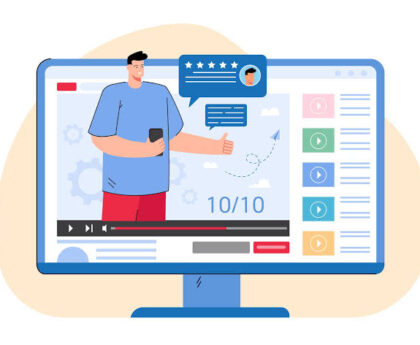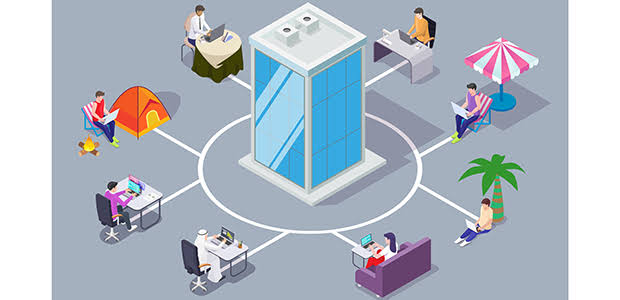
The remote work 2.0 era is here! As hybrid work models evolve, businesses must embrace AI-driven productivity, virtual collaboration, and flexible work cultures. Explore the latest remote work 2.0 trends shaping the future of work in 2025 and beyond. Stay ahead with these game-changing hybrid workplace insights!
Table of Contents
- The Evolution of Remote Work 2.0
- Top Remote Work 2.0 Trends for 2025
- AI-Powered Workflows
- Flexible Workspaces
- Asynchronous Collaboration
- Employee Well-being & Mental Health
- Cybersecurity in Hybrid Work
- How Businesses Can Thrive in Remote Work 2.0
- Final Thoughts: Future-Proofing Your Hybrid Workplace
The Evolution of Remote Work 2.0

The way we work has undergone a massive transformation over the last few years. While remote work skyrocketed post-2020, 2025 is shaping up to be the year of remote work 2.0—a more structured, tech-driven, and employee-centric model.
This next-gen hybrid work model isn’t just about working from home; it’s about seamlessly integrating digital tools, flexible policies, and AI-driven systems to enhance productivity. Companies that fail to adapt to these hybrid workplace insights will struggle to retain top talent and stay competitive.
As businesses refine their hybrid work strategies, let’s dive into the top remote work 2.0 trends that will define the workplace in 2025.
Top Remote Work 2.0 Trends for 2025
1. AI-Powered Workflows: Automation Meets Productivity

AI-driven automation is revolutionizing hybrid workplaces. From AI-powered virtual assistants handling administrative tasks to smart scheduling tools optimising team collaboration, artificial intelligence is making remote work 2.0 more efficient than ever.
Key impact:
- AI-driven project management tools boost efficiency.
- Chatbots streamline customer and internal communication.
- AI analytics help businesses make data-backed decisions.
2. Flexible Workspaces: Beyond Home and Office
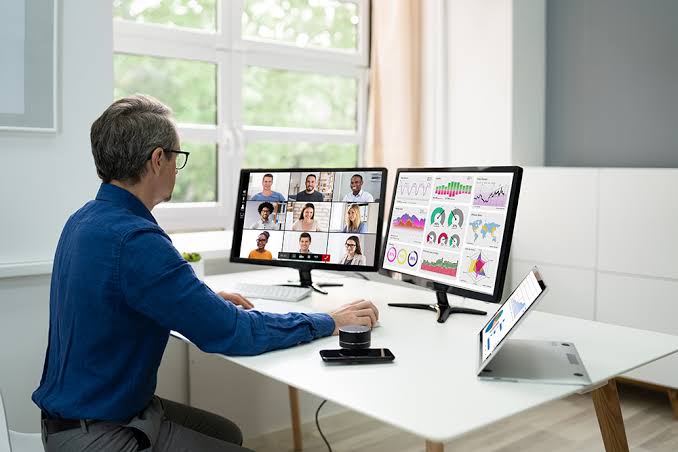
The traditional “work-from-home or office” debate is outdated. 2025 will see a rise in flexible workspaces—a blend of co-working hubs, home offices, and corporate spaces.
Why it matters:
- Employees want autonomy over where they work.
- Co-working spaces promote networking and collaboration.
- Companies save costs on large office spaces.
3. Asynchronous Collaboration: Working Smarter, Not Harder
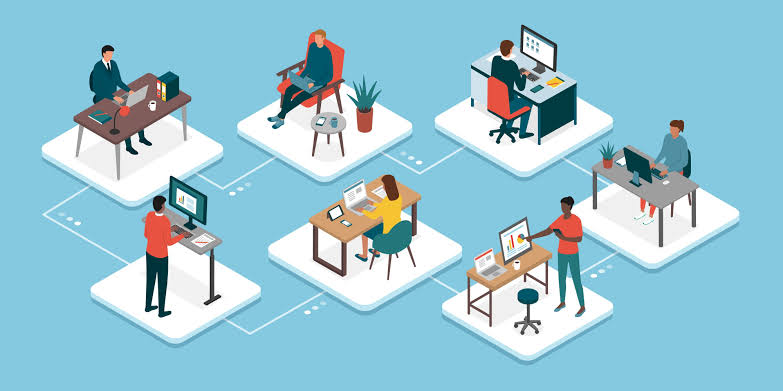
The hybrid model is shifting toward asynchronous work, where employees collaborate without being online at the same time. This trend empowers global teams to work efficiently across time zones without unnecessary Zoom fatigue.
Benefits:
- Reduces burnout from constant virtual meetings.
- Encourages deep work with fewer distractions.
- Enhances productivity for remote-first teams.
4. Employee Well-being & Mental Health: A Core Focus

The remote work 2.0 landscape prioritises mental well-being as much as performance. Companies are investing in mental health programs, wellness stipends, and work-life balance policies.
How businesses are adapting:
- Encouraging “right to disconnect” policies.
- Offering mental health days and therapy access.
- Promoting digital detox programs.
5. Cybersecurity in Hybrid Work: A Non-Negotiable Priority

With a dispersed workforce, cybersecurity is more critical than ever. Cyber threats targeting remote teams are on the rise, making advanced security protocols a must-have for remote work 2.0.
Essential security measures:
- Multi-factor authentication (MFA) for all remote logins.
- End-to-end encryption for virtual communication.
- Regular cybersecurity training for employees.
How Businesses Can Thrive in Remote Work 2.0
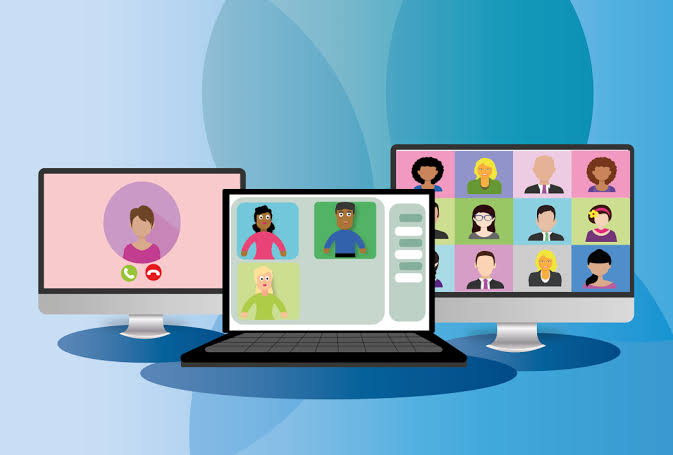
To stay ahead, businesses must proactively adopt remote work 2.0 strategies. Here’s how:
- Invest in the right tech stack – AI-powered tools, cybersecurity systems, and collaboration software are non-negotiable.
- Prioritize results, not hours – The focus should shift from hours worked to output delivered.
- Redefine leadership – Remote work requires managers to lead with trust, empathy, and clear communication.
- Create a strong remote culture – Virtual team-building activities and inclusive work environments are key.
Final Thoughts: Future-Proofing Your Hybrid Workplace
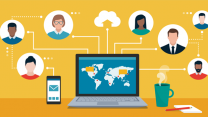
The remote work 2.0 era is here to stay. Businesses that embrace AI automation, flexible workspaces, and mental well-being will lead the future of work. Are you ready to adapt to these hybrid workplace insights and thrive in 2025?
The time to act is now. Start implementing these trends today and future-proof your hybrid workplace!

